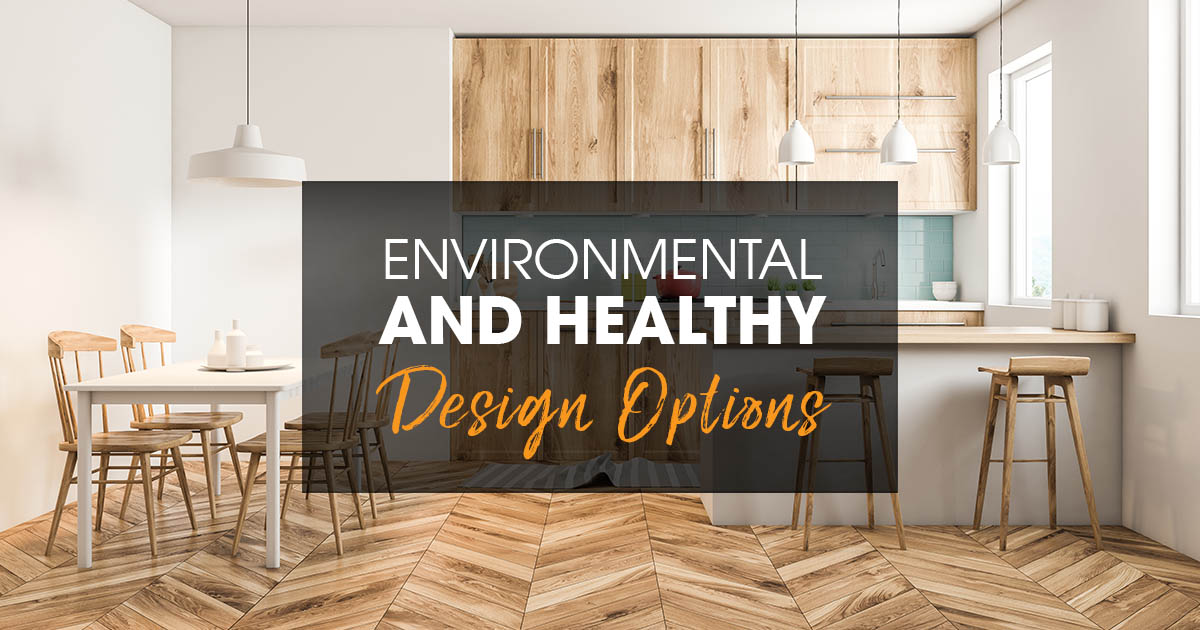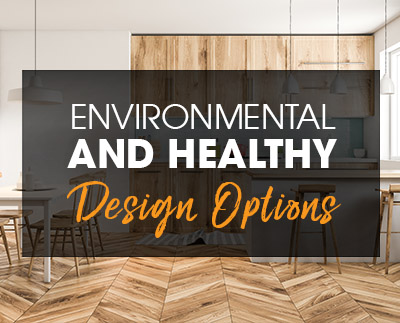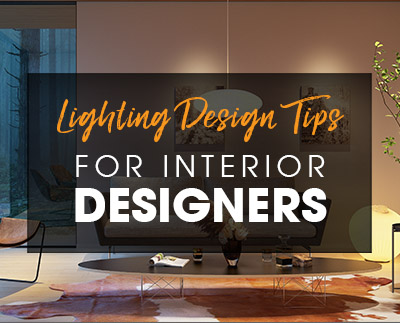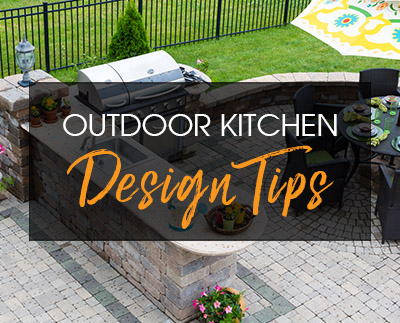
Approximately 90% of our time is spent indoors.
According to the United States Environmental Protection Agency (EPA), “the concentrations of some pollutants are often 2 to 5 times higher than the typical outdoor concentrations.” This means we are living and breathing in polluted indoor air for most of our lives.
Environmental and health concerns have been increasing over the past decade, and it’s becoming more and more obvious that a change is due.
So what does that have to do with interior design?
Everything.
Residential designers, remodelers and builders can offer their clients healthy design alternatives to improve their quality of life. There are a multitude of options available out there, and your client should be made aware of them during the project planning process.
Here are great environmental and healthy design options you can offer your clients.
Ventilation systems
Proper ventilation plays a major role in improving indoor air quality. It can control indoor humidity and can filter out airborne contaminants, making it much safer for your clients.
Installing an efficient HVAC (Heating, Ventilation and Air Conditioning) system in your client’s home should do the trick. There are many options to choose from, and it depends on various factors such as the size of the home, the location, etc.
A great ventilation option is an air exchanger that will help the air in the home circulate by exchanging indoor air with outdoor air. It will also help regulate humidity, preventing mold growth.
Floor treatments
Common floor treatments such as polyurethane are known respiratory toxins that may result in health complications. Breathing problems such as asthma can be caused by uncured (wet) polyurethane. The latter can also cause eye and throat irritation, headaches, nausea, and shortness of breath.
If your client is adamant on using polyurethane, letting it dry completely before re-entering the home can reduce its effects. However, the best way to keep your client safe is to use a natural alternative.
Natural oils such as linseed oil will give the floors the same high shine without the harsh chemicals. Natural oil and wax coatings are very safe for adults, kids and pets alike. Plus, they allow you to spot-treat a specific area instead of having to re-sand and re-finish the affected area.
Low VOC paint
VOC, which stands for Volatile Organic Compound, is found in most paints and finishes. Its presence releases low-level toxic emissions into the air for years after the application of the paint or finish.
An easy and healthy design option is using low-VOC or non-VOC paint on your client’s walls. It will be beneficial to your client’s health, it will reduce the environmental impact, and it’s easier to clean up since low or non-VOC paints are mainly water-based.
Brands that offer low or zero-VOC paint options include Sherwin-Williams, Benjamin Moore, Behr, YOLO Colorhouse, and many others.
Natural fibers
Rugs and curtains often come pre-treated in order to make them flame and stain resistant. However, the chemicals used are dangerous and can cause serious health problems in the long run.
A healthy design alternative is choosing rugs and curtains that are made of natural fibers such as wool and silk. The combination of the two produces a naturally flame and stain-resistant material that poses no health risks.
These fabrics can be pricier than their artificial counterparts, but if your client’s budget allows it, it’s worth discussing.
Ultra-compact quartz
A great environmentally friendly countertop option is the ultra-compact quartz. It is made using waste by-products that are created in the mining process, and the heat and pressure involved in making ultra-compact quartz makes it so you don’t have to use a topical sealer to protect it.
Many topical sealers and coatings that are marketed as offering protection against bacteria and stains may contain chemicals such as pesticides. Make sure your client is well-informed about these dangers so they can make an informed decision about their countertops.
Natural bedding
We spend a lot of time in bed, but most people aren’t aware of the harmful chemicals that are used in synthetic bedding. For example, clients often ask for wrinkle-free bedding because it’s less of a hassle, but those types of sheets are often soaked in chemicals such as formaldehyde.
If your client has kids, it’s even more of a reason to talk to them about organic and non-toxic bedding as many bedsheets are treated with PBDEs in order to be flame retardant.
PBDEs are toxic and can be absorbed by the body; natural fibers are a healthier alternative that will have no negative health risks.
Water filtration systems
Plastic pollution is a serious environmental problem, and water bottles play a big part in the issue. If your client wants a healthy and sustainable alternative to bottled water, you can offer to install a water filtration system in their kitchen.
The filtration system can either be installed under the sink, or you can propose a refrigerator with a built-in water filter and dispenser. If your client mentions they like sparkling water, there are even sparkling water systems made specifically for that.
Share this Post




